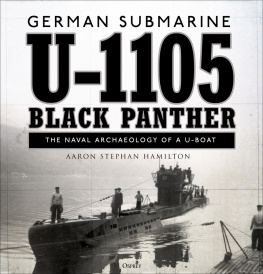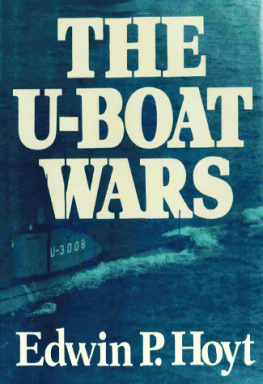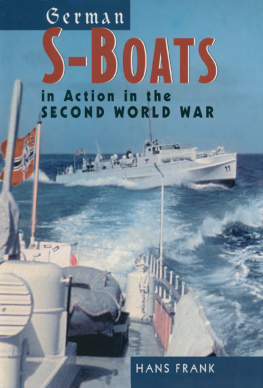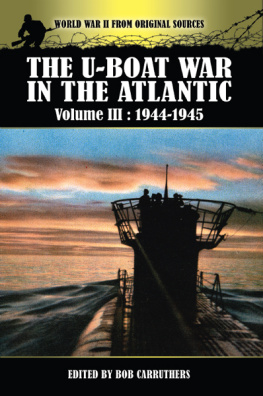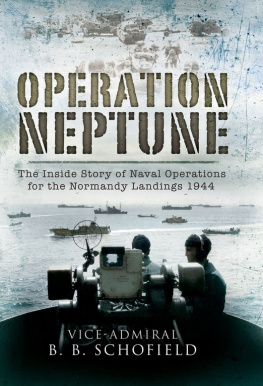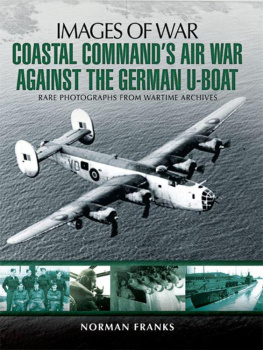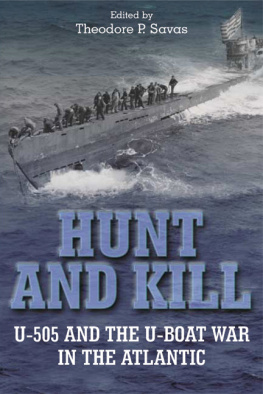

This edition is published by PICKLE PARTNERS PUBLISHINGwww.pp-publishing.com
To join our mailing list for new titles or for issues with our bookspicklepublishing@gmail.com
Or on Facebook
Text originally published in 1956 under the title Twenty-Million Tons Under The Sea .
Pickle Partners Publishing 2016, all rights reserved. No part of this publication may be reproduced, stored in a retrieval system or transmitted by any means, electrical, mechanical or otherwise without the written permission of the copyright holder.
Publishers Note
Although in most cases we have retained the Authors original spelling and grammar to authentically reproduce the work of the Author and the original intent of such material, some additional notes and clarifications have been added for the modern readers benefit.
We have also made every effort to include all maps and illustrations of the original edition the limitations of formatting do not allow of including larger maps, we will upload as many of these maps as possible.
U-505
(Original Title: Twenty-Million Tons Under The Sea )
BY
DANIEL V. GALLERY
Rear Admiral, USN (Ret.)


TABLE OF CONTENTS
Contents
DEDICATION
TO
MY WIFE VEE
who kept the home fires burning
during the Battle of the Atlantic
NOTEThe opinions expressed in this book are the personal ones of the author and are not to be construed as reflecting the official opinion of the Navy Department nor of the Naval service in general.
CHAPTER 1PROLOGUE
EACH WEEK at the Museum of Science and Industry in Chicago, thousands of wide-eyed school kids explore an eerie, improbable exhibit. It is the ex-German submarine U-505, once one of Hitlers best U-boats. Boarded and captured by our Navy in 1944 off the West Coast of Africa during the Second Battle of the Atlantic, since 1954 it has rested high and dry among the trees in Jackson Park alongside the Museum near the shore of Lake Michigan.
In Chicago it is now a must for young Davy Crocketts, Supermen, and Captain Videos, to take time out from Indian fighting and space travel, and become Captain Nemos probing the secret vitals of this former enemy ship and brushing elbows with the mysteries of the oceans depths. The unique exhibit is dedicated as a memorial to the 55,000 Americans who lost their lives defending our country at sea.
This is a strange end for one of the U-boats that made a shambles of our ocean shipping lanes in 1942-43.A deadly instrument of war, built to help Hitler conquer the world, becomes a trophy at a museum, a permanent memorial to the American seamen who helped shatter der Fhrers dream of world conquest! A killer that once prowled under the seas jammed with high explosive projectiles for sinking ships is now crowded daily with eager laughing children!
The story of how this came about is one of the epics of World War II. It takes us back a century and a half in naval history to the lusty days when full rigged sailing ships with smooth bore guns slugged it out yardarm to yardarm, and when the cry, Away all boarding parties, sent gangs of swashbuckling, salty characters scrambling over the rail with cutlass and marlin spike to board and capture the enemy vessel.
Since the War of 1812, such things have happened only in story books. That kind of naval warfare went out of style with sails and muzzle loading guns. Now naval battles are fought at long range, and when modern weapons hammer an enemy ship into submission, she blows up and sinks.
But on June 4, 1944, a jeep carrier task group of the Atlantic Fleet took a page from the story books by boarding and capturing the U-505, 150 miles off Cape Blanco, French West Africa. It was my great good fortune and high honor to command the task group that did this job. This was the first capture of a foreign man-of-war in battle on the high seas by our Navy since June, 1815, when the American sloop-of-war Peacock boarded and seized the British brigantine HMS Nautilus in the Straits of Sunda near Singapore.
This statement requires explanation to meet the objections which readers familiar with naval history are sure to raise. I say foreign enemy man-of-war, which eliminates captures by either side in our Civil Warand there were very few. I also say on the high seas, which eliminates the Spanish ships that we raised from the bottom of Manila Bay or salvaged off the beach near Santiago. I also exclude the many German ships that were turned over to the Allies after the Germans surrendered in World Wars I and II. They were not captured in battle. So far as I have been able to find out from much research, the U-505 is indeed the first foreign enemy man-of-war captured in battle on the high seas by the U.S. Navy since 1815.
The Museum of Science and Industry has gone to great lengths restoring this submarine to its original condition. Everything in the Museum belongs to the modern era and is in working order. This submarine is no exception. The German firms that built the U-505 have cooperated with the Museum in restoring the sub, on the theory that if one of their U-boats is to be on display, they want it to be in such condition that it will at least be a credit to German technology.
The submarine is now practically in operating condition, except for the holes the Museum has cut through the pressure hull so a constant stream of visitors can file through it and see all its complex machinery. There are also a few shell holes in the thin outer plates, put there by my boys in 1944, which the Museum is leaving untouched, perhaps to give evidence that this otherwise healthy looking craft wasnt built where it now stands. But otherwise the boat is in the same condition as when she was sinking our ships off Panama in 1942.
Everything that you find inside an operating submarine is there: torpedoes, diesel engines, periscopes, pumps, gyro compass, underwater listening devices, radio and radar gear, plus a bewildering array of hand wheels, gages, indicators and switches. It all works, and periodically the Museum kicks the main diesels over for a few revolutions under their own power.
The crews spaces, officers quarters and captains cabin, have the bunks all made up ready for the off duty watch to turn in. The galley range is ready to cook the next meal and pots, pans and crockery are all in their proper places. An official U-boat chart and pencils supplied from Germany are laid out on the Navigators table under the ships clock which still runs. If her former crew could walk aboard today, they would feel completely at home, and might even get her underway again if they could break her loose from the concrete cradles among the trees!
When I look at the U-505 alongside the Museum now, I cant help thinking that it was her destiny to wind up at her present moorings from the moment her keel was laid. That submarine and I simply had a rendezvous to keep and neither one of us really had much control over it.
I could easily make out quite a case showing how shrewdly I anticipated every move she made during the last week before we captured her, and took proper action to counter it. In fact, all Id have to do is to simply lay her track alongside mine on a chart without comment and let the reader draw his own conclusions from the way they converge to a point at 11:20 A.M., June 4, 1944.
Next page



